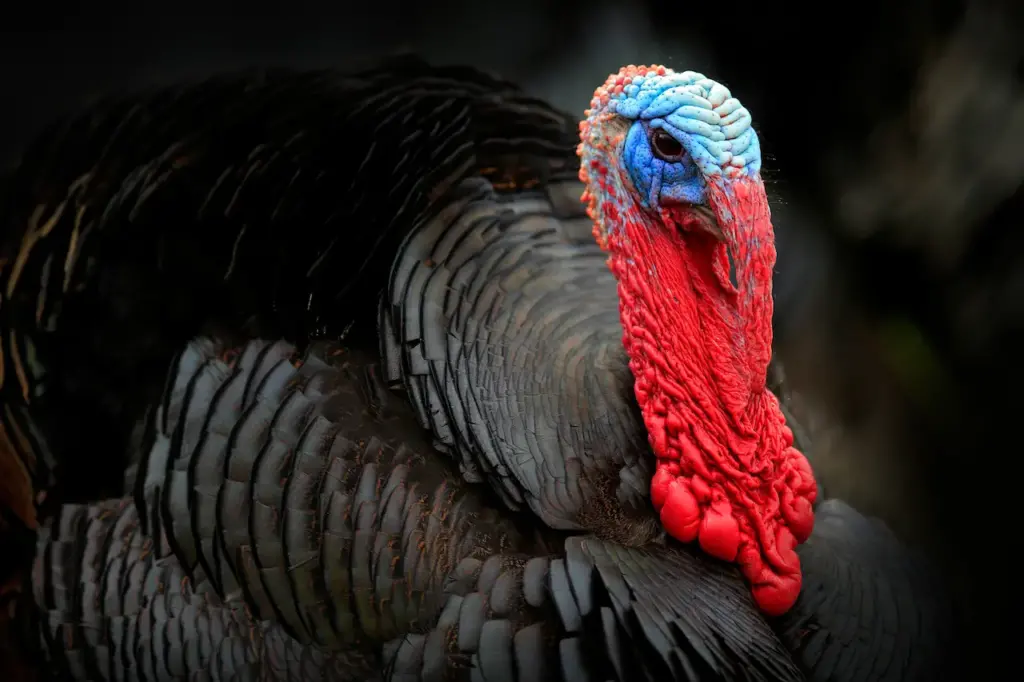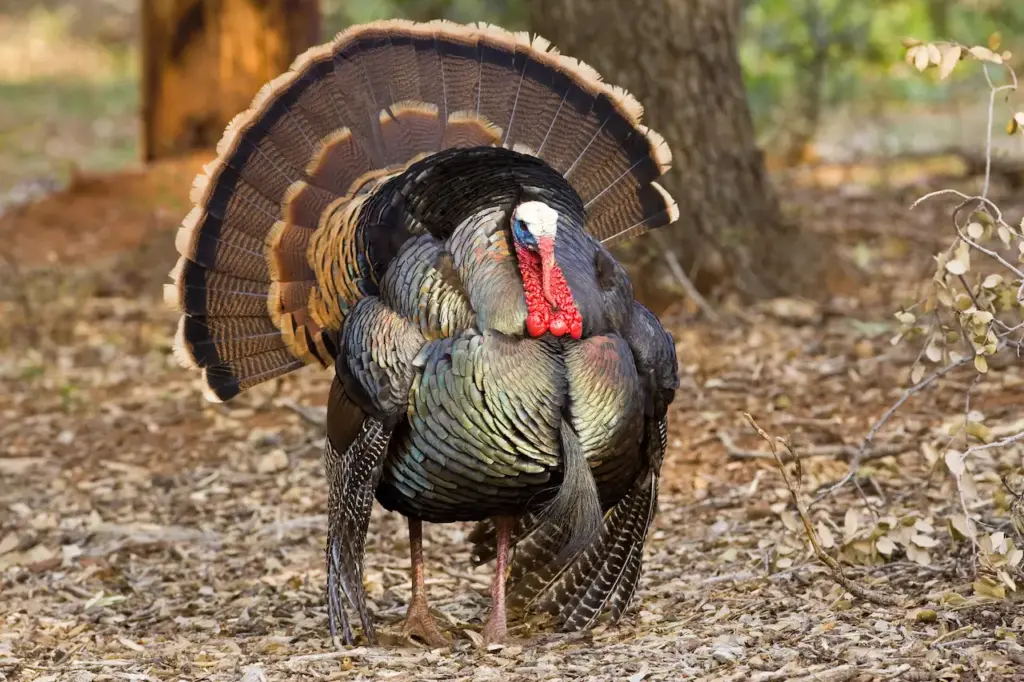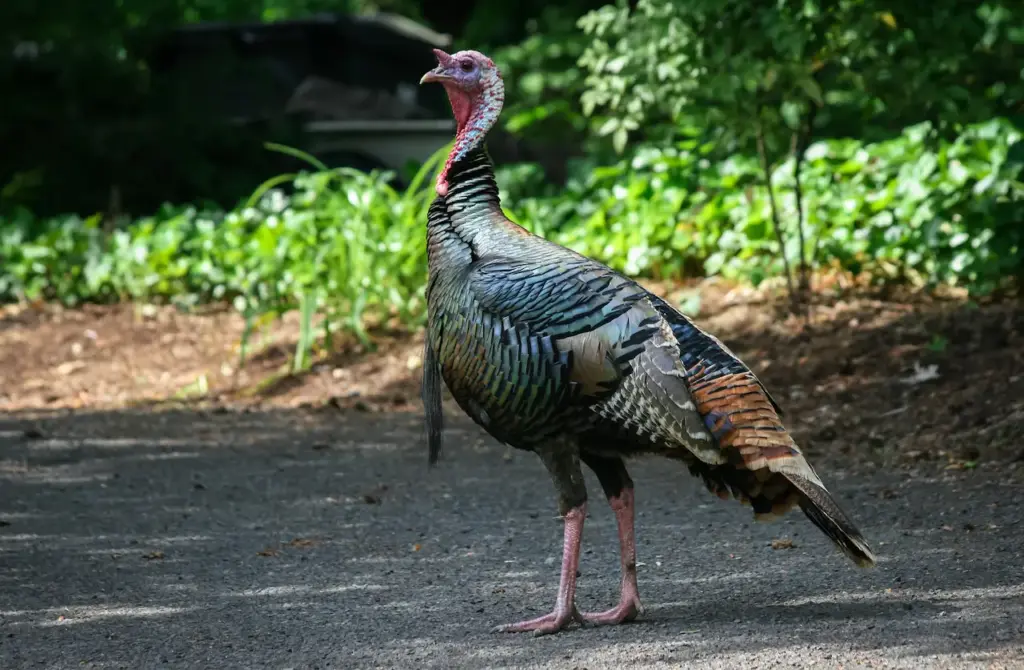What Eats A Turkey?
Categories
- Accipitridae (1)
- Acrididae (1)
- Algae (2)
- Alligatoridae (1)
- Amoebidae (1)
- Amphibians (3)
- Anatidae (1)
- Anguillidae (1)
- Arachnids (2)
- Bears (2)
- Big Cats (3)
- Birds (13)
- Bovidae (5)
- Bufonidae (1)
- Camelids (1)
- Cameras (1)
- Canines (13)
- Caridea (1)
- Carnivora (10)
- Castoridae (1)
- Cats (5)
- Cebidae (1)
- Cephalopod (1)
- Cervidae (2)
- Cetacean (1)
- Chondrichthyes (1)
- Crocodilia (2)
- Crustaceans (4)
- Culicidae (1)
- Cyaneidae (1)
- Dasypodidae (1)
- Dasyurids (1)
- Deer (1)
- Delphinidae (1)
- Desktop (1)
- Didelphidae (1)
- Dinosaurs (1)
- Dogs (13)
- Dolphins (2)
- Echinoderms (1)
- Education (10)
- Elephantidae (1)
- Equine (1)
- Erethizontidae (1)
- Erinaceidae (1)
- Farming (1)
- Felidae (5)
- Fish (5)
- Food Chain (31)
- Food Web (2)
- Formicidae (1)
- Frugivore (1)
- Gaming (1)
- Gastropods (1)
- Giraffids (1)
- Great Apes (2)
- Health Conditions (3)
- Herbivore (4)
- Hi-Fi (1)
- Hippopotamidae (1)
- Hominidae (1)
- Insects (10)
- Invertebrates (2)
- Keyboards (1)
- Laptops (1)
- Leporidae (1)
- Mammals (23)
- Marsupials (4)
- Mephitidae (1)
- Microchiroptera (1)
- Mollusks (2)
- Mongoose (1)
- Muridae (1)
- Nocturnal Animals (1)
- Odobenidae (1)
- Omnivore (2)
- Phasianidae (1)
- Phocidae (1)
- Plankton (1)
- Plants (2)
- Primate (1)
- Ranidae (1)
- Reptiles (7)
- Rhinocerotidae (1)
- Rodents (5)
- Salamandridae (1)
- Scarabaeidae (1)
- Sciuridae (2)
- Sharks (1)
- Shellfish (1)
- Sound (1)
- Spheniscidae (1)
- Suidae (1)
- Superfamily Papilionoidea (1)
- Theraphosidae (1)
- What Eats (5)
Turkeys are large birds that are native to North America. They are a popular main dish for holiday meals and are raised on farms across the United States. But in the wild, turkeys have a complex relationship with predators and have adapted specialized diets.
In this article, we’ll look at what eats wild turkeys, as well as what turkeys themselves eat in their natural habitat.
Table of Contents
ToggleWhat Eats Wild Turkeys?
Many predators find wild turkeys to be easy prey. Here are some of the main predators of wild turkeys:
Coyotes
Coyotes are opportunistic predators that will go after adult turkeys as well as chicks (called poults). A coyote will stalk and ambush a turkey, aiming for the neck or head.
Their numbers have increased across North America as habitats have been altered, leading to more predation on turkeys.
Bobcats
Bobcats are stealthy predators that hunt adult turkeys and their eggs. Using their keen sight and hearing, bobcats can trace turkey sounds and movements through vegetation. They pounce onto the backs of turkeys and kill them with a lethal bite to the neck.
Foxes
Foxes are cunning predators that target turkey chicks and eggs when the opportunity arises. They raid turkey nests on the ground and use their upright pouncing skills to catch young poults. Foxes may also scavenge larger dead turkeys.
Raccoons
As omnivorous scavengers, raccoons eat turkey eggs whenever they come across a nest. They will also prey on recently hatched chicks. Raccoons have adapted well to human habitats, increasing interactions with wild turkeys.
Snakes
Some snakes, like rat snakes and kingsnakes, will eat turkey eggs. Larger constrictor snakes may also prey on young poults or even attack mature hens. Venomous snakes like copperheads and rattlesnakes strike at adult turkeys that get too close.
Hawks
Large hawks and eagles are the most frequent daytime predators of adult turkeys. They strike from above while turkeys are on the ground feeding. Sharp-shinned hawks and Cooper’s hawks specialize in catching birds and are adept turkey hunters.
Owls
Powerful owls, like great horned owls, prey on adult turkeys at night when the birds are roosting in trees. Barred owls and other species also opportunistically target roosting turkeys. Owls swallow turkeys whole and later eject indigestible feathers and bones.
How Wild Turkeys Avoid Predators?
Wild turkeys have several adaptations and behaviors that help them avoid predators:
- Camouflage – Turkeys have brown, black, and tan feathers that blend into the forests and brush where they live. This helps conceal them from predators.
- Wariness – Turkeys are very watchful and cautious. At the first sign of danger, they flee on foot or take to the air if they need an escape.
- Mobbing – When hawks or other threats appear, turkeys band together and mob the predator. This mass aggression helps drive danger away.
- Distraction displays – A mother turkey might fake a broken wing to lure a predator away from her poults on the ground.
- Hiding poults – Mother turkeys hide their young in vegetation for the first weeks until they can flee predators. The poults have natural camouflage.
- Roosting – At night, turkeys fly up into trees away from predators. Their sharp vision lets them detect threats in dim light.
- Spurs and beaks – Mature male turkeys have sharp spurs they use to fight off predators if cornered. All turkeys will jab aggressively with their beaks.
What Do Wild Turkeys Eat?
Turkeys are omnivorous, meaning they eat a varied diet of both plant and animal matter. Here are some of the main components of their natural diet:
Seeds and Nuts
Turkeys forage on the ground for many kinds of seeds and nuts, including beechnuts, acorns, buckwheat, sunflower seeds, and pine nuts. They swallow these whole, crushing them in their muscular gizzard.
Fruits and Berries
Turkeys complement their diet with seasonal fruits and berries like cherries, grapes, sumac fruit, blackberries, apples, and elderberries. They provide sugars and carbohydrates.
Insects
Turkey chicks live almost entirely off protein-rich insects for their first few weeks of life. Adults also eat insect fare like grasshoppers, crickets, beetles, flies, spiders, caterpillars, ants, and larvae.
Grain
Turkeys seek out stands of wheat, rye, oats, millet, buckwheat, and other grains. The seeds provide valuable calories to sustain the active birds. Agricultural fields are attractive to turkeys.
Greens
Turkeys forage on many types of leafy greens they find, including grasses, clover, alfalfa, vetch, and agricultural greens like lettuce, spinach, and kale. Greens provide vitamins and minerals.
Lizards and Amphibians
Turkey poults and occasionally adults will hunt for protein-rich reptiles and amphibians like small lizards, snakes, frogs, salamanders, and newts. These small prey items supplement their diet.
How Domesticated Turkeys Differ from Wild Ones?
Modern domesticated turkeys have been selectively bred to be quite different from their wild counterparts:
- White feathers – Rather than camouflage brown patterns, domestic turkeys have mostly white feathers. This goes back to a single mutation hundreds of years ago.
- More breast meat – Domestic turkeys are bred to have broader, meatier breasts and faster growth to maximize meat harvests.
- Calmer temperament – Wild turkeys are easily spooked so they can avoid predators. Domestic turkeys are more docile and relaxed since they face fewer threats.
- Bigger size – Through selective breeding, domestic turkeys are much larger than wild ones. Toms (males) can reach over 40 pounds compared to about 20 pounds for the largest wild toms.
- Less mobility – With their wide bodies, domestic turkeys can’t fly or run as well as their wild relatives who stay trimmer for survival needs.
- Different diet – Commercial turkeys are fed operator-formulated feed rations high in grains like corn, soy, and wheat to maximize growth. Wild turkeys forage for nuts, seeds, and bugs.
So, while domesticated turkeys retain the same broad omnivorous appetite, they have been selectively adapted for calmer temperaments and more efficient meat production under human management. Their survival no longer depends on escaping coyotes, foxes, and owls in the wild.
The Continuing Spread and Resilience of Wild Turkeys
In the early 1900s, wild turkey populations reached dangerously low levels due to overhunting and habitat loss.
Conservation efforts and hunting regulations allowed wild turkeys to recover and expand their range dramatically over the last century. Today, the adaptable birds inhabit areas from southern Canada through Mexico, adjusting to disturbances and surviving even in close proximity to human development.
Wild turkeys continue to flourish thanks to their high reproduction rates and ability to thrive on diverse foods. Their flexibility suggests wild turkeys will remain a fixture across much of North America, annoying suburban residents and fascinating naturalists for decades to come.
Conclusion
In their natural habitat, wild turkeys must avoid a diverse array of predators, including coyotes, bobcats, foxes, raccoons, snakes, hawks, and owls that find them easy prey. They have evolved camouflage, wariness, mobbing behaviors, hiding strategies, and nighttime roosting to help evade these predators.
Turkey chicks are especially vulnerable and depend on their mother’s protection. To sustain themselves, wild turkeys forage omnivorously for a varied diet of nuts, seeds, fruits, berries, grains, greens, and insects.
This allows them to thrive across North America’s woodlands and forests. Domestic turkeys retain an omnivorous appetite but have been selectively bred for bigger breast sizes, fast growth, white feathers, calm temperaments, and reduced mobility.



